(Prices correct as of today’s date, are updated daily, are subject to change and represent genuine availability at time of update).
This cruise only holiday is financially protected by ABTA
Please click here to check the essential travel requirements before booking this cruise.
Want to add a hotel stay or change your flights?
Just call our team of cruise specialists to help build your dream cruise holiday today!
Prices based on 2 people sharing. Cruise only price does not include flights. Fly-cruise price may vary by chosen UK airport.
Itinerary
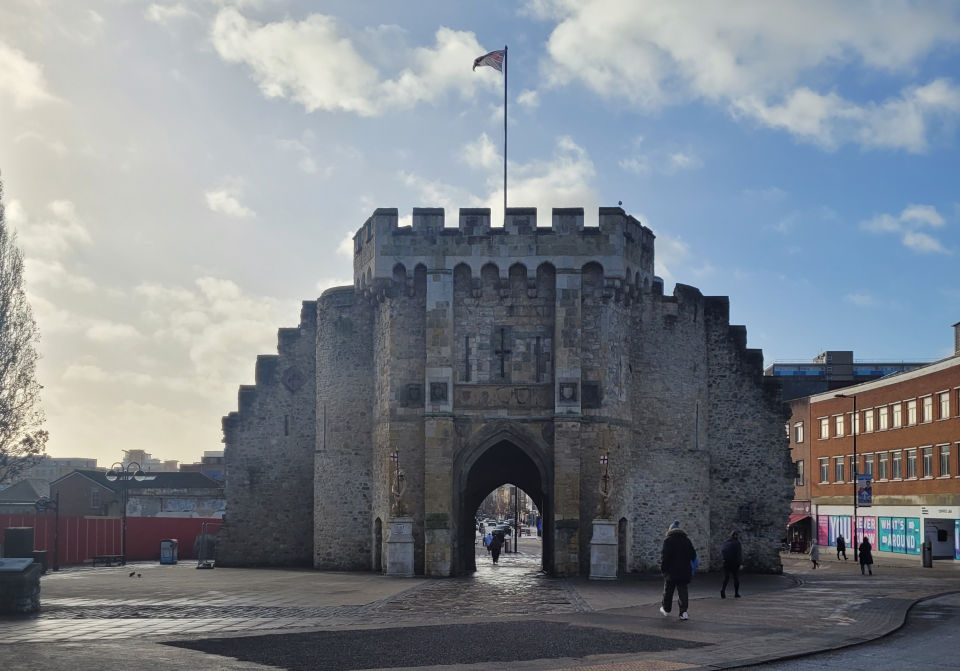
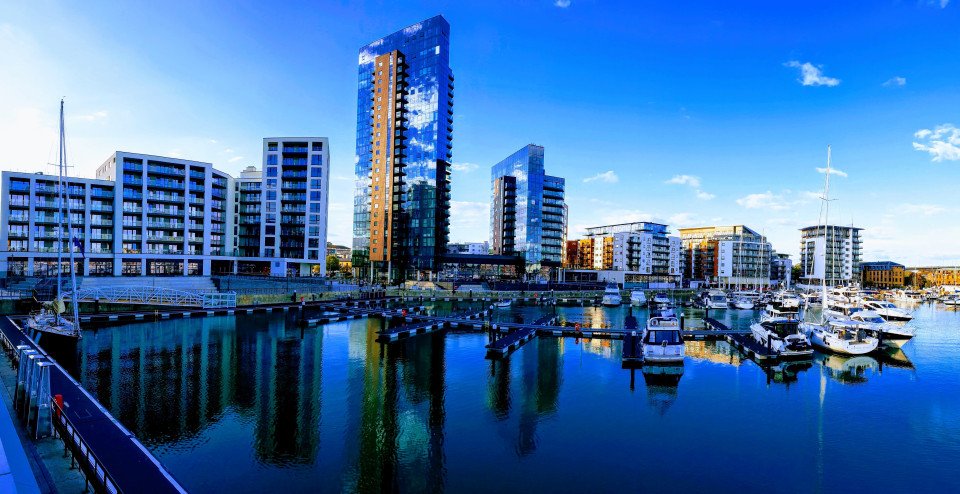
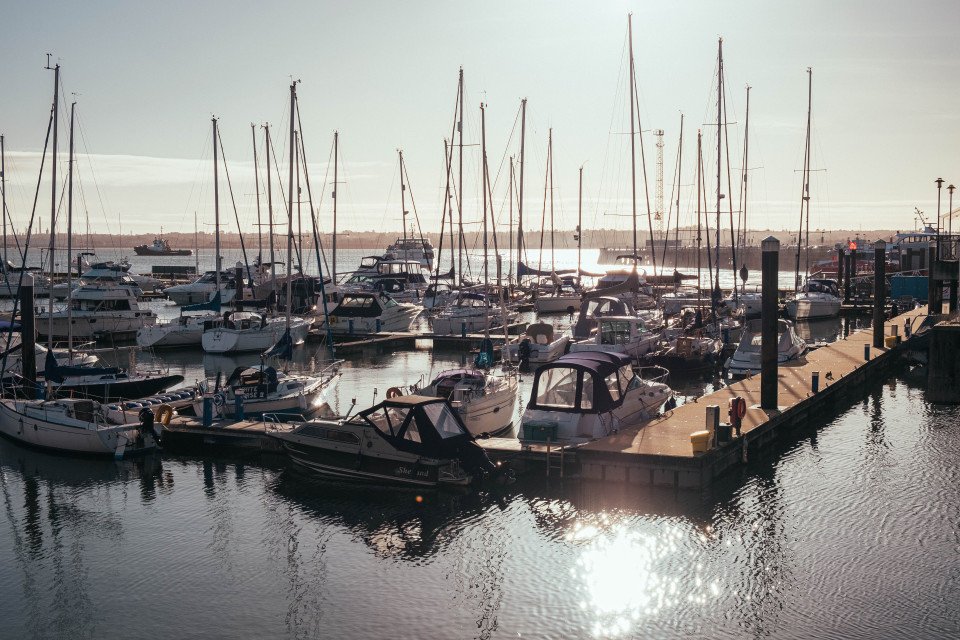
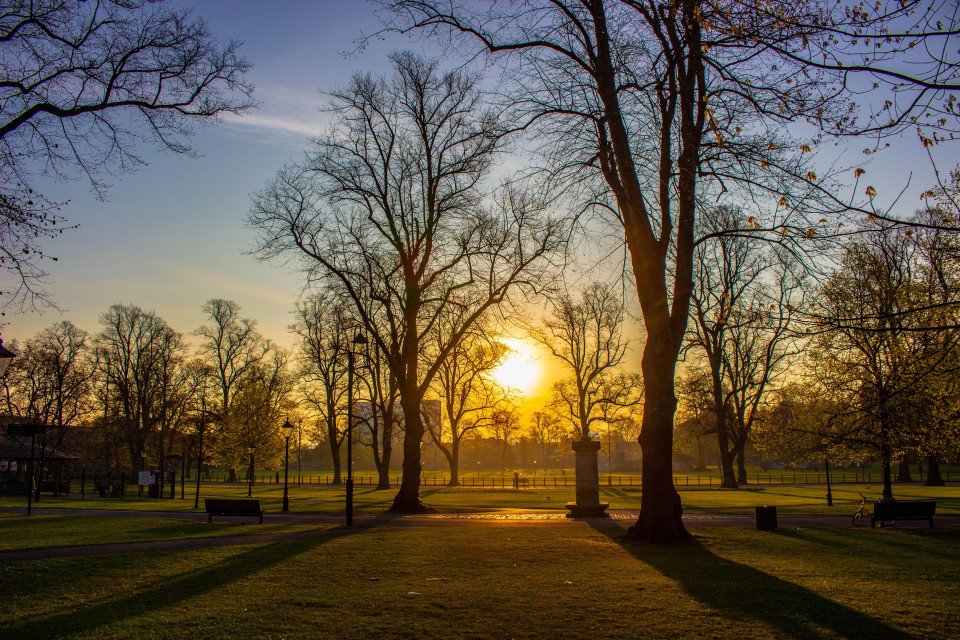
Southampton
Lying near the head of Southampton Water, a peninsula between the estuaries of the Rivers Test and Itchen, Southampton is Britain’s largest cruise port. It has been one of England’s major ports since the Middle Ages, when it exported wool and hides from the hinterland and imported wine fro... Read More
Southampton
At Sea
At Sea
Åndalsnes
Cruising by Romsdalfjord
At Sea
Hammerfest
Hammerfest
Alta
Alta
Tromsø
Tromsø
At Sea
Haugesund
At Sea
Southampton
What's Included with
P&O Cruises
Accommodation
Breakfast, lunch, dinner and snacks in a choice of included dining venues
Entertainment throughout the day and evening
Use of swimming pools, hot tubs, fitness centre and leisure facilities where available
Complimentary shuttle service from ship to port where available
Port taxes
Themed events and discos
Tea and coffee in seleted venues
Porterage of luggage from port to cabin
Youth programmes for 2-17 year olds
Free of charge babysitting from 6 months - 4 years of age. Daily from 6pm to 2am
Explore Aurora

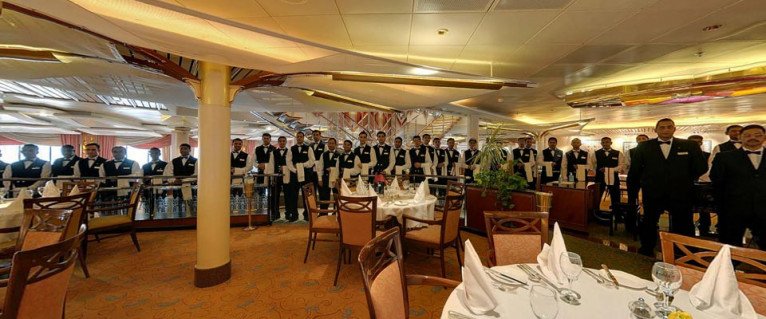



Alexandria Restaurant
Club Dining at the Alexandria Restaurant. Choose a particular Club Dining seating and you’ll dine at the same time and table each night and enjoy the same company. It’s the way many a friendship has been made on board.
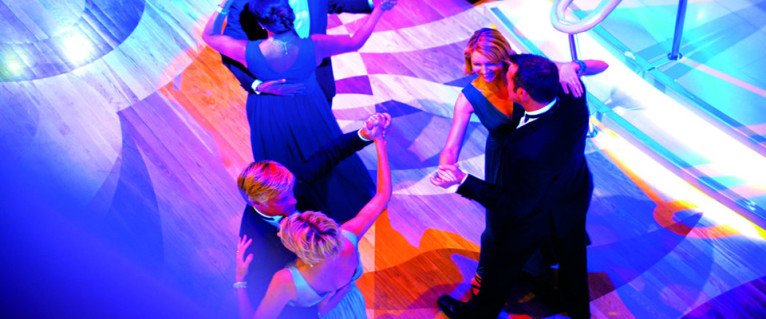
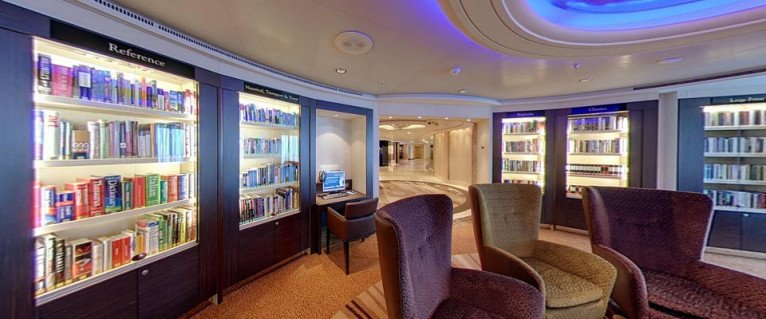
Dance Classes
There are coupled dance instructors onboard who offer a variety of dance lessons. The main types of dance offered are ballroom and Latin. As well a group lessons, it is also possible to arrange 1 to 1 tuition. On some occasions, there are celebrity dance instructors on board too. Everyone is welcome regardless of experience.


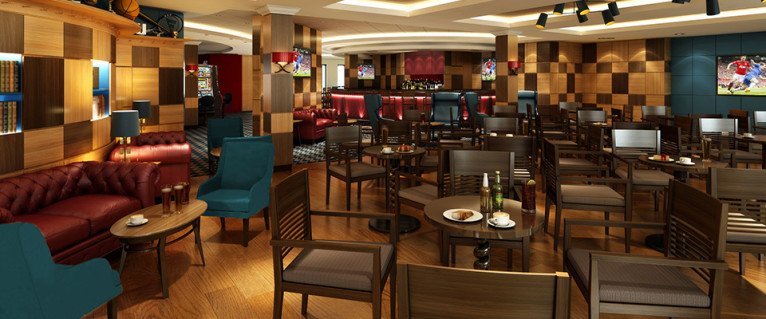

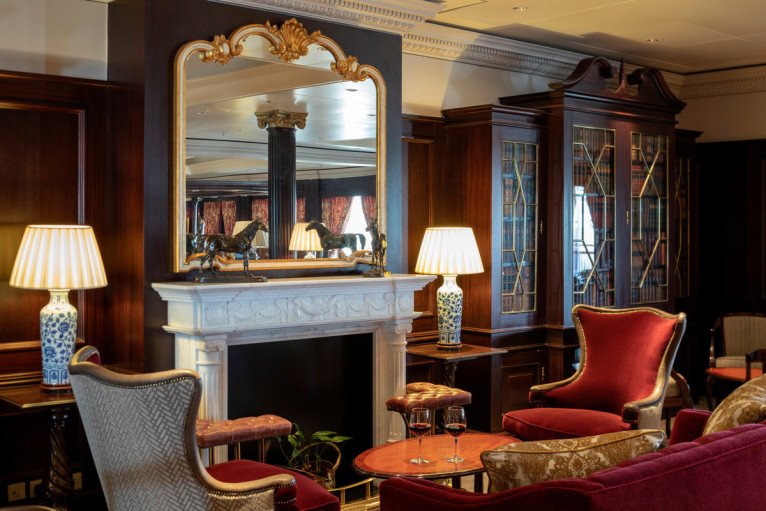
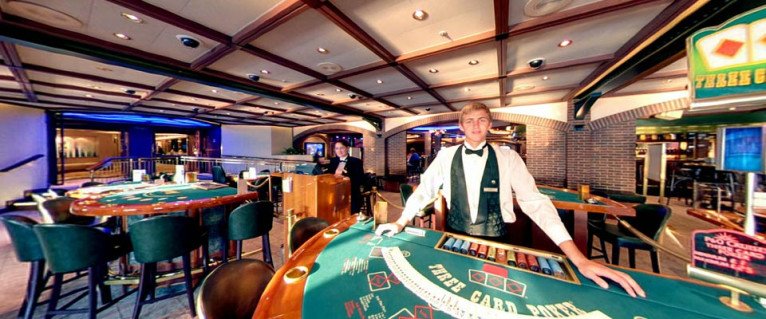


The Playhouse Cinema
This fantastic cinema screens feature films throughout the day and into the evening. The Playhouse is located midships on D Deck, next to the Photo Gallery. You can watch a great range of films. There are 213 spacious and comfortable chairs and good visibility for everyone. In addition to films, The Playhouse is also the venue for classical recitals, lectures, port enhancement talks, and much more.


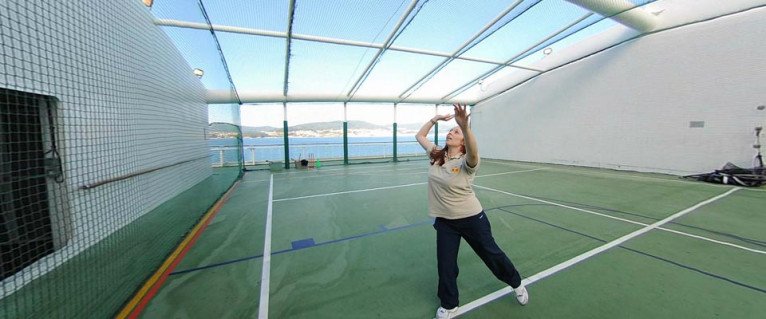
Gymnasium
Passengers can watch the waves as they work out with all the latest equipment, including exercise bikes, rowing machines, running machines, steppers, resistance machines and a range of weights. After the workout, visitors can head to the Oasis Spa for a relaxing massage, a stimulating therapeutic treatment or a warming and cleansing sauna.
Sun Deck

- The Crow's Nest
- Library
- Skydome
- Sports Court
- Golf Nets
Lido Deck

- Standard Inside Cabins
- Standard Balcony Cabins
- Riviera Pool
- Riviera Bar
- Treatment Rooms
- Oasis Spa
- Lido Grill
- Oasis Salon
- Whirlpool Spa
- Crystal Bar
- Crystal Pool
- Horizon Restaurant
- Beach House
- Pennant Bar
A Deck

- Suites (higher level)
- Balcony Cabins
- Outside Cabins
- Inside Staterooms
- Single Outside Cabins
- Riviera Pool
- Launderette
- Whirlpool Spa
- Fitness Room
B Deck

- Penthouse Suites
- Suites (lower level)
- Mini-Suites
- Deluxe Balcony Cabins
- Balcony Cabins
- Standard Outside Cabins
- Larger Inside Cabins
- Standard Inside Cabins
D Deck

- Standard Outside Cabins
- Deluxe Balcony Cabins
- Larger Outside Cabins
- Standard Inside Cabins
- Single Balcony Cabins
- Raffles Bar
- Raffles Court
- Sindhu Restaurant
- Vanderbilt's
- Photo Gallery
- The Playhouse
- The Glass House
- Terrace Bar
- Terrace Pool
- Whirlpool Spa
C Deck

- Suites
- Standard Balcony Cabins
- Larger Outside Cabins
- Standard Outside Cabins
- Single Outside Cabins
- Inside Cabins
Prom Deck

- Curzon Theatre
- Anderson's
- Charlie's
- Mayfair Court
- Shopping
- Masquerade
- Monte Carlo Casino
- Champions
- Carmen's
E Deck

- Standard Outside Cabins
- Standard Inside Cabins
- Alexandria Restaurant
- Medina Restaurant
- Shopping
- Explorers
F Deck

- Standard Outside Cabins
- Standard Inside Cabins
- Reception
- Palm Court
- Launderette
G Deck

- Medical Centre
Aurora Cabins & Suites


Inside Cabin

Sea View


Deluxe Balcony Cabin




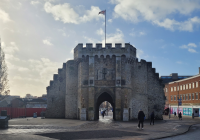
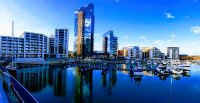
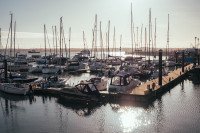

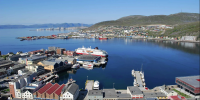
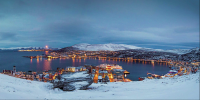
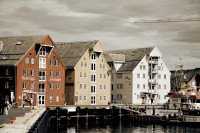
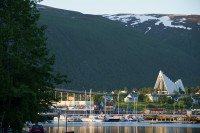
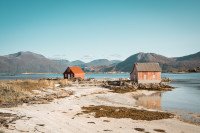
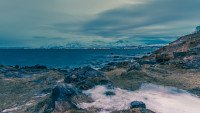
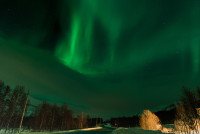

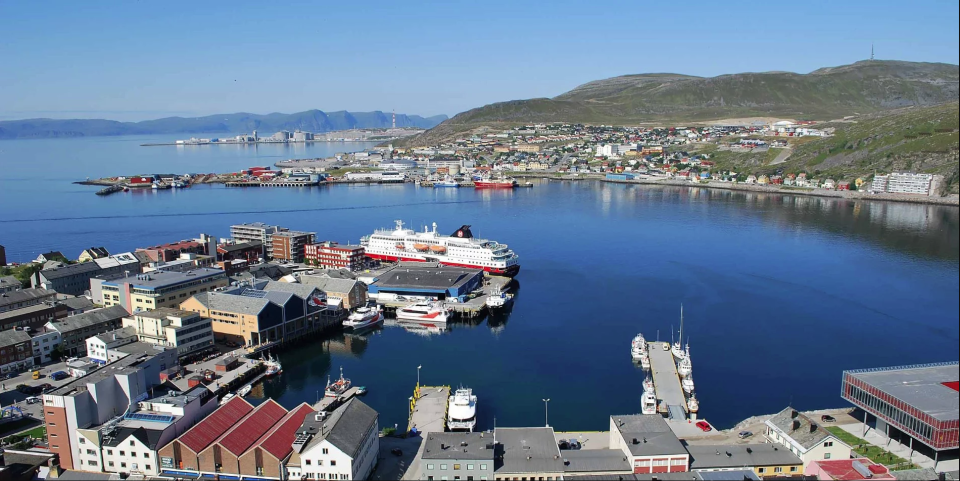
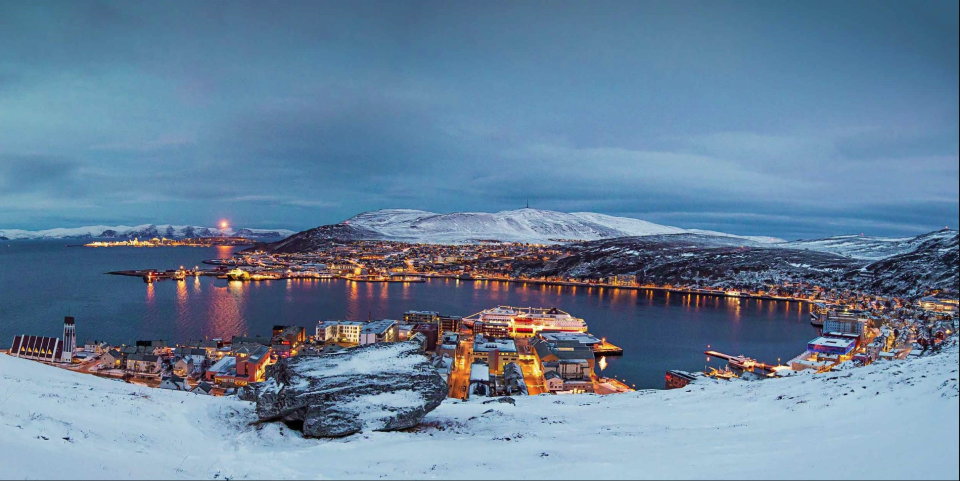
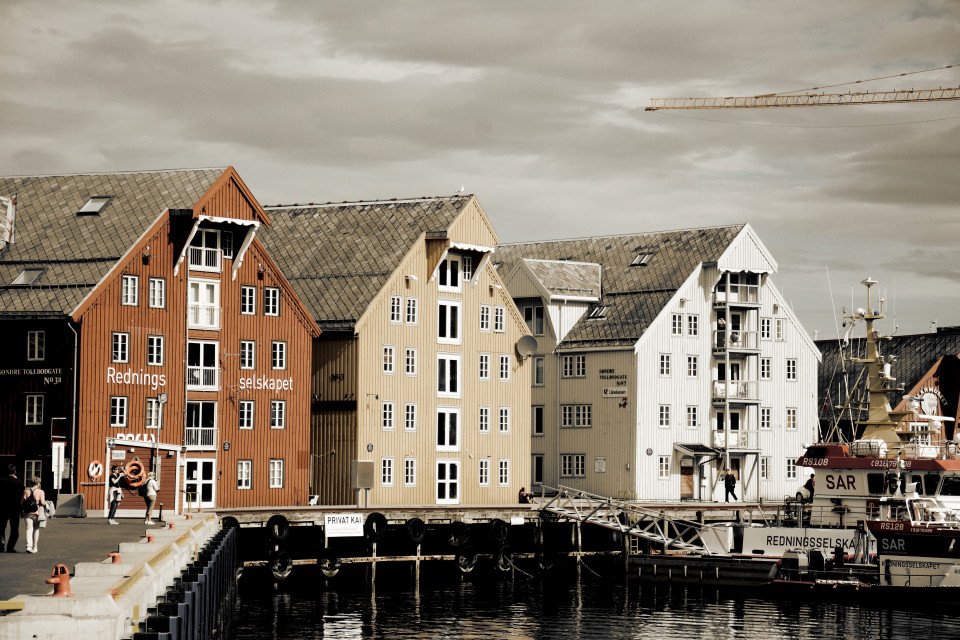
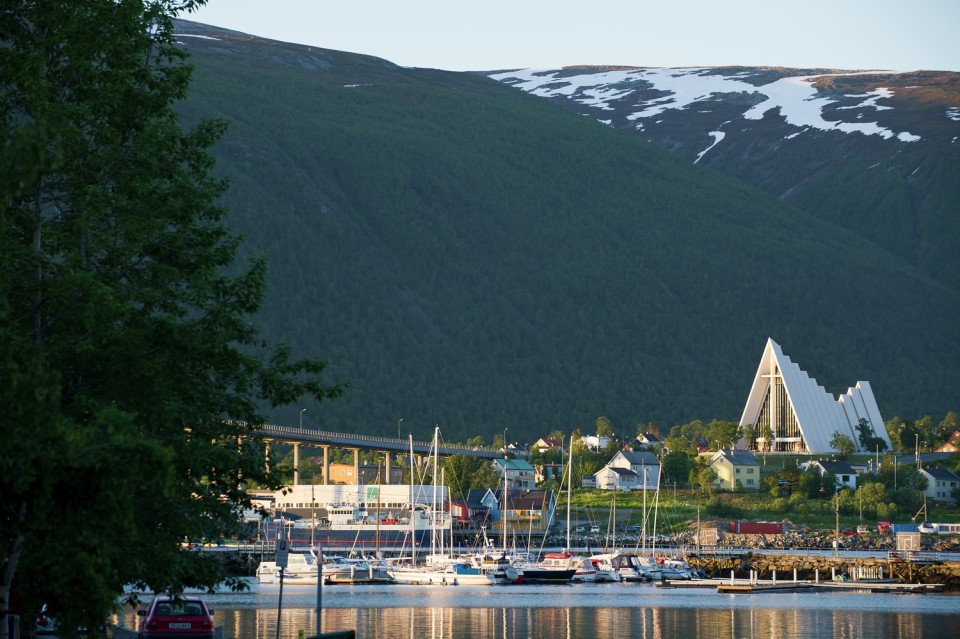
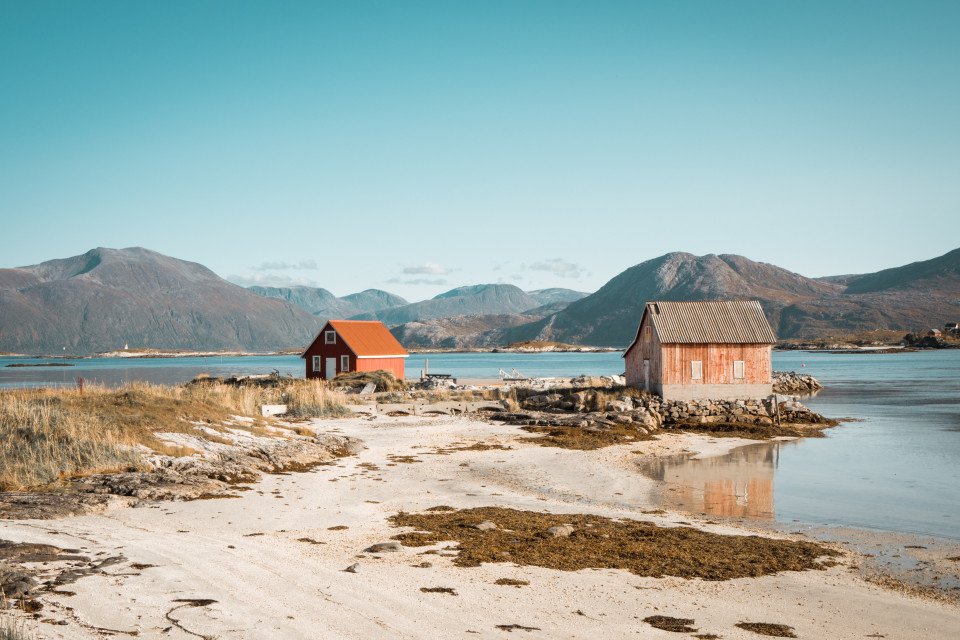
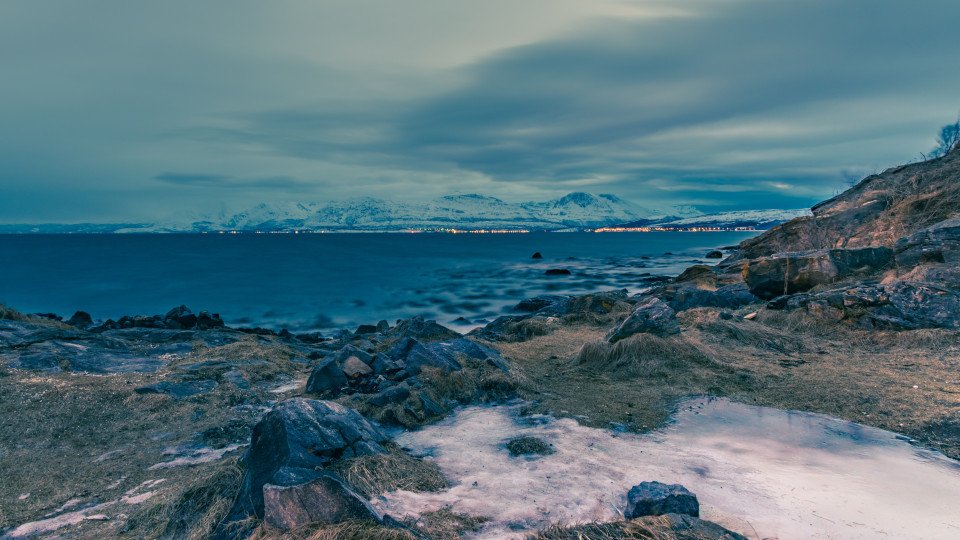
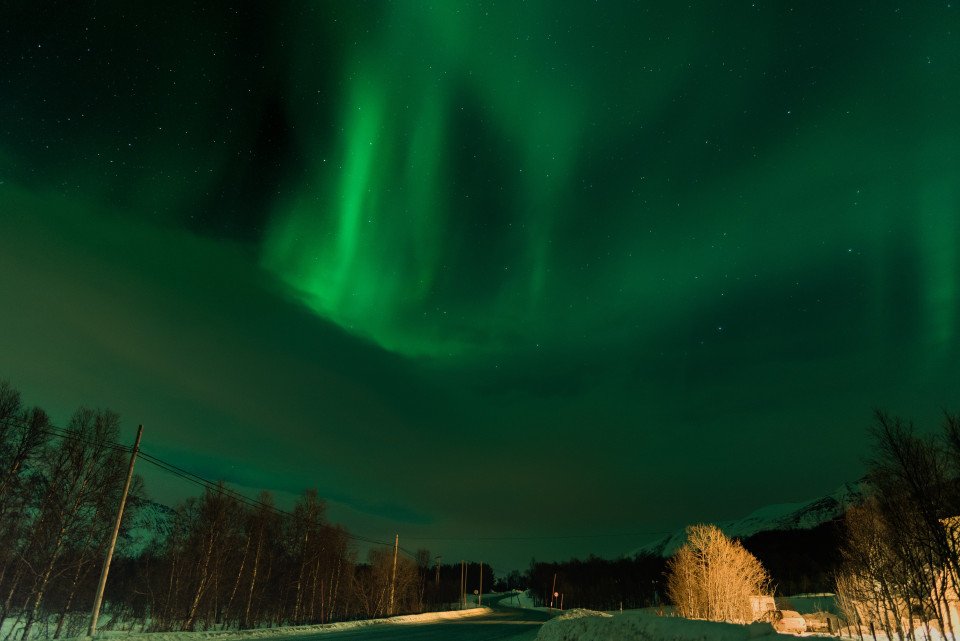



-large_thumb.jpg)









